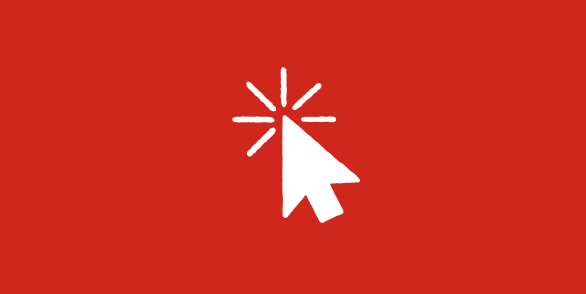Want more exclusive business insights like this delivered to your inbox?Subscribe now
Not long ago, physical checks or cash were the only options for paying employees. But today’s employers have many more options to choose from. The most common methods of payroll payments to employees are direct deposit, prepaid debit cards or paper check.
Checks
Physical checks can be handwritten or printed and require only that your business have a checking account with a bank.
Pros: They provide a paper trail and put stubs in the hands of employees immediately. They also don’t require employees to have a bank account.
Cons: They must be hand-delivered or mailed, which can take time. They can be lost. And employees without bank accounts may have to pay fees to get them cashed (unless otherwise prohibited by state or local law).
Direct Deposit
Electronically transferring funds directly from your company’s account to your employee’s account has become the preferred method of many businesses.
Pros: Funds are transferred instantly, minimizing wait times for employees. Banks generally don’t charge fees to receive transfers. The transactions leave accurate, easy-to-access records, making it easy to rectify mistakes or missing funds.
Cons: Employees must have a bank account, employers may be subject to certain laws regarding employee notice and authorization for direct deposit and setting up new employees can take a few weeks.
Pay Cards
This relatively new option allows employers to pay workers in the form of pre-paid debit cards.
Pros: Workers get immediate access to their funds without needing traditional bank accounts.
Cons: Cards are easily lost or stolen, and workers who need cash will be subject to ATM fees.
Go deeper



